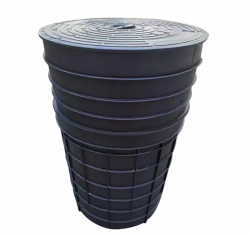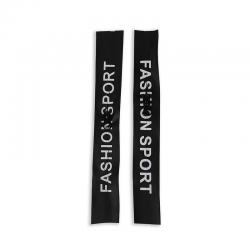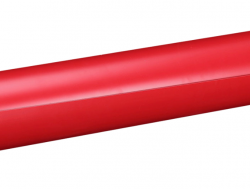Forging Japanese Swords: The Art and Tradition of Craftsmanship
How to Hand Forge a Samurai
SwordFollowing the previous exploration of material preparation in Japanese sword making, this article delves into the intricate stages that follow, guiding you through the artistry and precision required to hand forge a samurai sword.
Step-by-Step Process of Japanese Sword Making
Sunobe (Blade Forging)
The process begins withsunobe, where the master smith takes the iron ingot, heats it, and meticulously hammers it to form the basic shape of the blade. This stage is crucial as the smith repeatedly folds and hammers the metal, not only to remove impurities but also to create a blade with superior strength and flexibility.
The sunobe stage demands a deep understanding of the metal’s behavior under heat and pressure, ensuring that the blade takes on the desired length and thickness, setting the stage for the more detailed work to come.
Yakiire (Clay Tempering)
Yakiireis a pivotal moment in sword making. The blade, now roughly shaped, is coated withyakibatsuchi, a carefully prepared mixture of clay, charcoal powder, and grinding stone powder. This coating is meticulously applied in varying thicknesses to control the rate of cooling along different parts of the blade. The smith then heats the blade to a precise temperature before quenching it in water.This sudden cooling process hardens the cutting edge, while the rest of the blade remains relatively softer, allowing for the distinctive curvature and creating the characteristichamon—a unique wave-like pattern that is highly prized in Japanese swords.
Finishing Touches
Once the blade has undergone yakiire, it enters the critical finishing stages. The smith inspects the blade for any imperfections, carefully refining its shape and ensuring the curvature is perfect. This phase requires an unwavering attention to detail, as even minor flaws can affect the blade’s balance, strength, and overall aesthetic. The blade is polished to reveal the intricate patterns created during the yakiire process, a task that combines both technical skill and artistic sensibility.
Forge Pressing
In theforge pressingstage, the blade undergoes rough shaping and initial surface treatments. This process further refines the blade’s geometry, preparing it for the more detailed work that follows. The smith conducts rigorous inspections during this stage to ensure that the blade’s dimensions are precise and that it meets all design specifications.This stage sets the foundation for the intricate finishing work that will elevate the blade from functional weapon to work of art.
Nakago Processing
Thenakago, or tang, is a vital part of the sword as it provides the connection between the blade and the handle. In this stage, the smith shapes and processes the tang, drilling holes for the mekugi (handle pins) and often carvingyasurime—specific patterns that not only enhance the sword’s visual appeal but also improve grip and prevent rust.This stage reflects the smith’s attention to both form and function, ensuring the sword is not only beautiful but also durable and practical.
InscriptionThe final step in the sword-making process is theinscription. The smith engraves their name, the date of production, and occasionally a serial number onto the tang. These inscriptions serve as a signature, a mark of authenticity, and a historical record. They are a testament to the smith’s pride in their work and provide valuable information for future generations of collectors and historians.
Modern Innovations and Personalization
As modern culture evolves, so does the art of sword making. While traditional techniques are preserved, contemporary smiths are increasingly incorporating modern elements and materials into their work. The variety of materials used in katana production has expanded beyond traditionaltamahaganeto include stainless steel, high-carbon steel, and even advanced alloys.These materials not only improve the durability and performance of the blades but also allow for greater creativity in design, catering to the diverse aesthetic preferences and functional demands of modern users.
ConclusionThe
fusion of tradition and innovation in Japanese sword making reflects a deep respect for cultural heritage while embracing the possibilities of modern craftsmanship. Whether adhering to classic Japanese designs or exploring new creative directions, each sword is a unique expression of the smith’s skill and dedication, embodying a harmonious blend of art, history, and personal expression. The continued evolution of katana making ensures that this ancient craft remains vibrant and relevant in the modern world.
Our shop offers a wide range of customized services
https://www.coolkatana.com/products/custom-sword
At some events, fans demonstrate their swordsmanship skills, paying tribute to anime’s legendary battles. Conventions even hold swordsmanship competitions, letting enthusiasts showcase their passion and creativity with these iconic weapons. Certain anime weapons hold special significance for fans, influencing anime swordsmanship and sparking interest in related merchandise. Celebrations at various anime events further boost their popularity. These weapons symbolize strength and courage, leaving a lasting mark on the anime world.

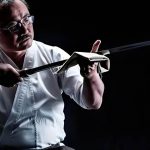

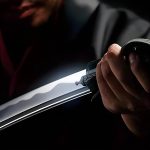
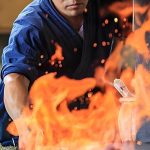
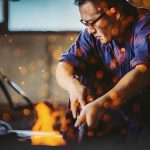

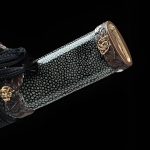
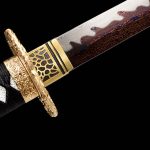
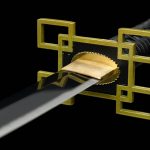

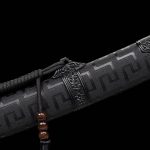
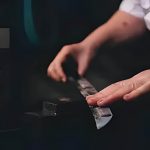
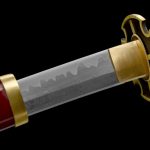
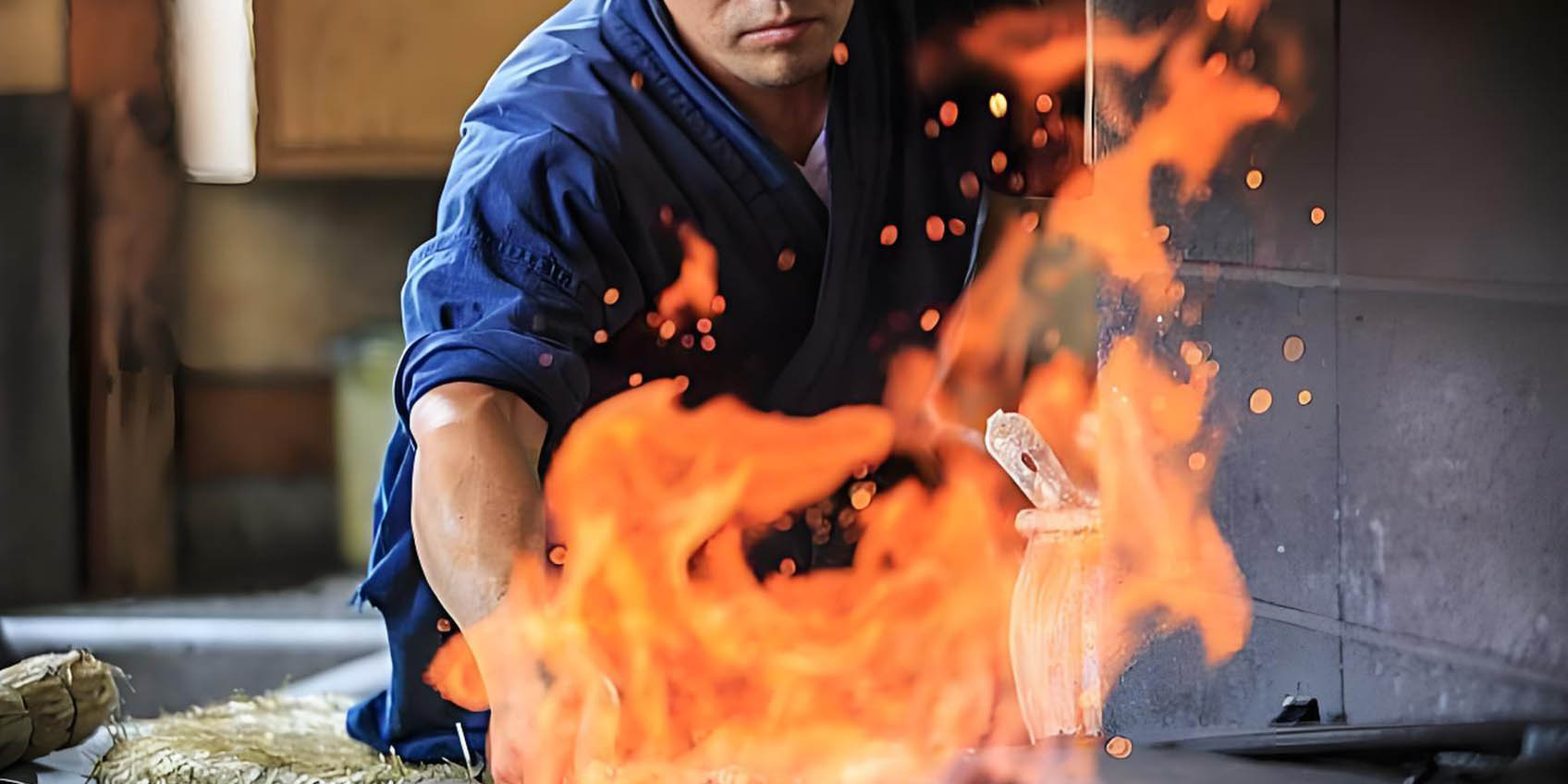
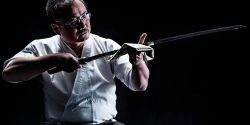









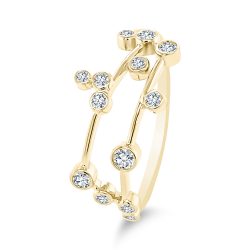











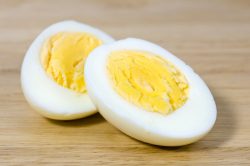



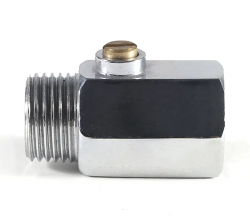




![Immediate Rise Reviews ™|The Official App WebSite 2025 [UPDATED]-A Revolution in Online Trading ...](https://manufacturers.network/btabcloud/uploads/2025/01/sdm-1736498826lc84p-250x128.png)







